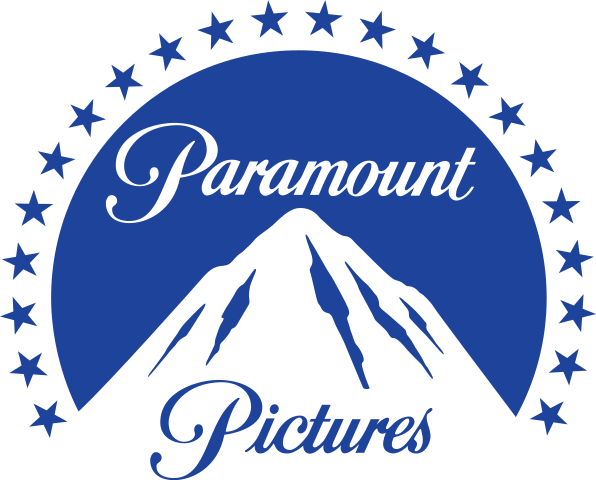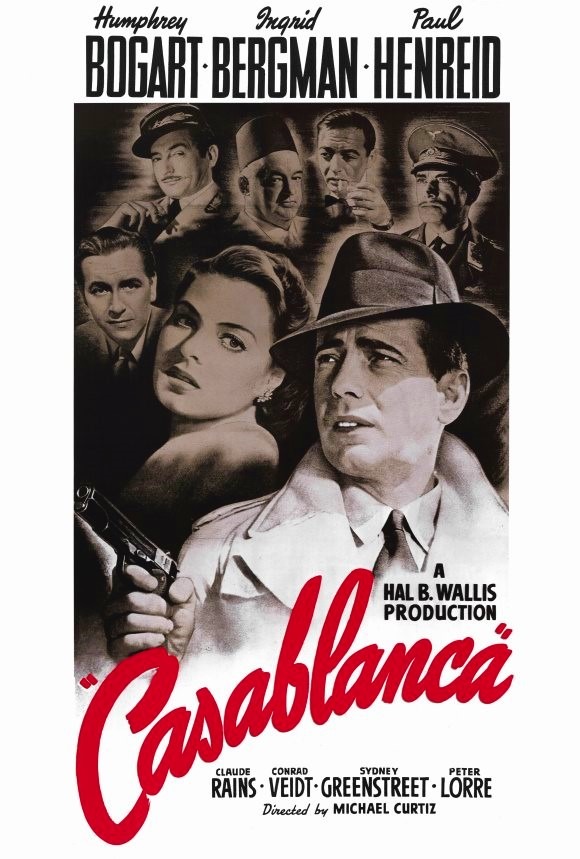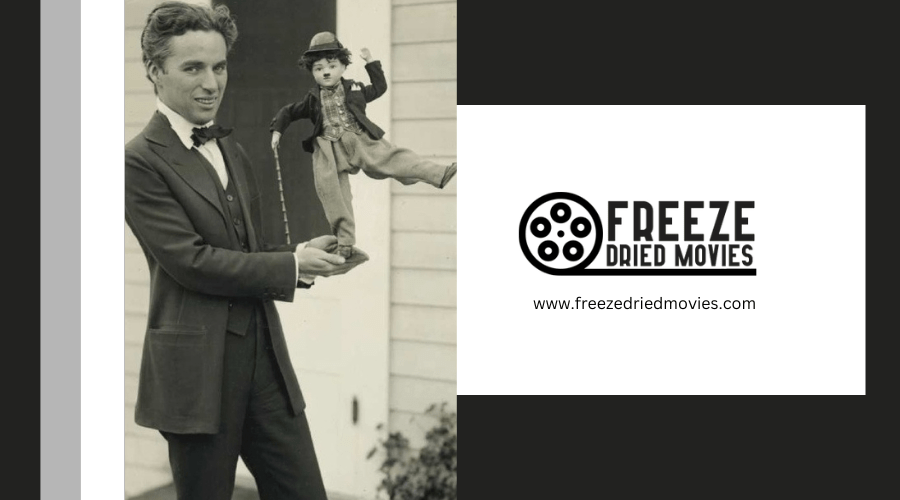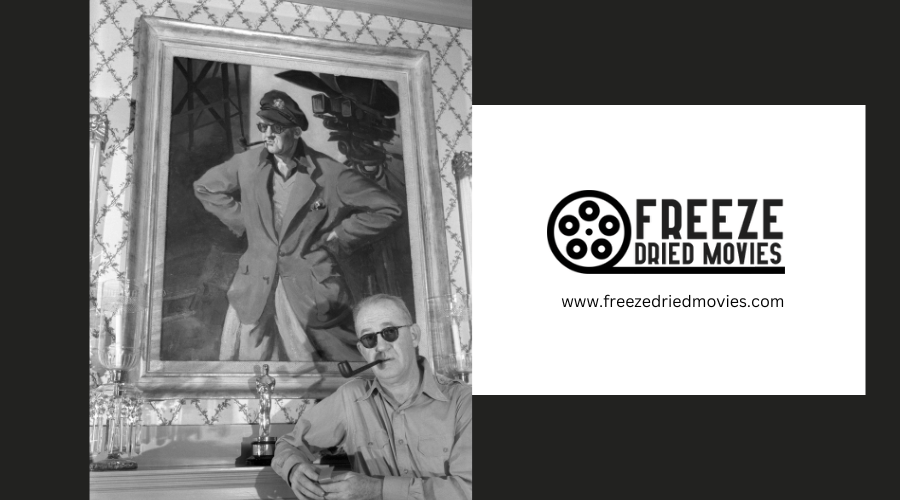How Long Were Movies in the 1940s?

When considering movies from the 1940s, their runtimes often ranged between 90 and 120 minutes, though notable exceptions existed due to various factors. Hollywood studios and the impact of World War II significantly influenced film lengths. Serious dramas and wartime narratives typically approached the two-hour mark. Musicals, comedies, and the emerging film noir genre often had varied runtimes. Additionally, censorship and the advent of Technicolor played roles in shaping these trends. Understanding these aspects helps us appreciate the cinematic landscape of the era.
Average Runtime of 1940s Movies
How long were movies in the 1940s? The average runtime typically ranged from 90 to 120 minutes, with many films settling around the two-hour mark by the end of the decade. This consistency helped maintain audience engagement, despite the growing competition from television.
War films, a significant genre during this period, often had varied lengths. They aimed to boost morale and reflect the societal sentiments of World War II. For instance, *Casablanca* (1942), a classic wartime romance, ran for about 102 minutes, while *The Best Years of Our Lives* (1946), exploring post-war life, stretched to 170 minutes. These films used their runtimes effectively to tell compelling stories that resonated with audiences.
Technological advancements, such as the introduction of Technicolor, also influenced movie lengths. More elaborate production techniques sometimes extended runtimes due to higher production values. Despite these fluctuations, the average movie length in the 1940s remained consistent with previous decades. This stability ensured films continued to captivate audiences, delivering a cinematic experience that was both engaging and memorable.
Influence of Hollywood Studios

In the 1940s, Hollywood studios such as MGM, Warner Bros., and Paramount held significant control over film production, dictating both the content and duration of movies. These studios adhered to the stringent guidelines of the Production Code Association, ensuring that storytelling complied with censorship standards. This dominance not only guaranteed that films met these regulations but also ensured they contained engaging narratives to attract audiences.
Studio Production Control
The 1940s marked a period of unprecedented control by Hollywood studios over film production and distribution. By 1940, eight major studios dominated over 90% of the market, ensuring a consistent release of at least one film per week. This tight grip allowed studios to dictate film content, often emphasizing narratives where good triumphed over evil, in line with contemporary moral standards.
During World War II, Hollywood studios adapted their production to support the U.S. war effort. This period saw a surge in military training films and morale-boosting features, reflecting the studios' commitment to the national cause. It wasn't just about war-related content; it was also about using films to shape public sentiment and garner support for the war.
However, this era of control began to diminish in 1948 following the Supreme Court's ruling in *United States v. Paramount Pictures, Inc.* This decision required studios to divest their ownership of theater chains, fundamentally altering the film distribution landscape. The ruling dismantled the studios' monopolistic control, paving the way for a more diversified and competitive market, and permanently changing the dynamics of film production and distribution.
Censorship and Content
In the 1940s, Hollywood studios held significant power over film production and distribution, greatly influencing the content audiences consumed. The Production Code Association (PCA) enforced stringent censorship, ensuring films adhered to the moral standards of the time. This censorship involved avoiding explicit themes and ensuring that good always triumphed over evil. Studios produced at least one film weekly, maintaining a steady stream of content that subtly suggested sexuality without violating PCA guidelines.
Approximately 80 million Americans attended movies each week, making it crucial to maintain audience engagement while upholding moral values through censorship. Although the wartime atmosphere affected film content, only 5% of films directly addressed war themes. Instead, most films favored light comedies and musicals, providing an escape from the era's harsh realities.
Post-war, the emergence of film noir reflected societal fears and tensions. Despite their dark, complex themes, these films still conformed to the PCA's guidelines, ensuring the content remained within the acceptable moral boundaries of the period.
Impact of WWII on Film Length

During World War II, the impact on film length was notable. Films from this era were designed to match the attention spans of audiences seeking both entertainment and a respite from wartime hardships. Feature films typically ranged from 90 to 120 minutes, yet the introduction of wartime themes often required more intricate narratives, leading to longer runtimes.
Iconic films such as *Casablanca* and *Mrs. Miniver*, both released in 1942, had runtimes between 100 and 120 minutes. These films demonstrated the industry's effort to deliver substantial storytelling that resonated with the period's sentiments. The rise of epics and musicals also contributed to extended durations, as seen in *This Is the Army* (1943), which featured large ensemble casts and expansive narratives.
Despite wartime constraints and production hurdles, filmmakers succeeded in maintaining a consistent average length. They aimed to engage both military and civilian audiences by providing necessary escapism and engagement. Therefore, while World War II significantly influenced film production, the industry's adaptability in delivering compelling stories remained unwavering.
Popular Genres and Their Duration
World War II's influence on film length in the 1940s led to a focus on popular genres and their specific durations. Movies typically ranged from 75 to 120 minutes, with many averaging around 90 minutes. Feature films during this time reflected the industry's efforts to keep audiences engaged despite the war's distractions and limitations.
Musicals and comedies often had elaborate productions, frequently running closer to the 120-minute mark. Classics like *The Philadelphia Story* and *Fantasia* exemplify this trend, offering a blend of entertainment and escapism. In contrast, serious dramas such as *The Grapes of Wrath* and *Citizen Kane* usually spanned between 100 and 120 minutes, providing the necessary runtime for complex narratives and character development.
War-related films had particular significance during this era. They balanced impactful storytelling with concise runtimes, typically around 90 to 110 minutes. These films aimed to deliver potent messages while maintaining viewer engagement, serving as a reminder of the war's realities and making them an essential element of 1940s cinema.
Film Noir and Runtime Trends

Film noir of the 1940s carved out a distinctive niche with its dark themes and complex narratives, characterized by tighter pacing and concise storytelling. The average runtime for film noir during this period hovered around 100 minutes, aligning with the broader trend of 90 to 120-minute films. This concise structure was crucial in maintaining suspense and effectively delivering character-driven plots.
Take, for instance, *The Maltese Falcon* (1941) and *Double Indemnity* (1944), which had runtimes of 101 and 107 minutes, respectively. Their succinct storytelling kept audiences on the edge of their seats, making every minute count. As Hollywood navigated audience preferences and wartime restrictions, film noir thrived with its efficient narrative progression.
When watching these films, you might feel:
- Tension as each scene unravels pivotal plot points.
- Intrigue from complex characters and their motivations.
- Suspense through a tightly woven storyline.
- Satisfaction from a well-paced resolution.
- Nostalgia for this golden age of cinematic artistry.
Film noir's ability to maintain a brisk runtime while delivering rich, engaging stories significantly contributed to its popularity in the 1940s. This genre's mastery of concise, impactful storytelling remains a benchmark for filmmakers even today.
Technicolor and Its Effect on Length

Technicolor films in the 1940s often had higher production costs, leading to extended filming durations and longer runtimes. Although the faster film introduced in 1939 helped streamline some processes, the intricate techniques of Technicolor still demanded more time. Despite these challenges, many Technicolor films maintained a standard length, though some epics extended to nearly two hours.
Technicolor Production Challenges
Technicolor posed significant production challenges in the 1940s, leading to extended shooting schedules due to its complex process. Despite its vibrant appeal, the movie industry faced several hurdles when incorporating Technicolor. The complexity of the process often resulted in longer shoot times, impacting production timelines.
The introduction of faster film in 1939 improved Technicolor's viability, but the process remained labor-intensive. High production costs led many studios to continue using black and white, which was quicker and cheaper. However, the demand for the rich, colorful visuals that Technicolor offered kept pushing filmmakers to endure the challenges.
- Exorbitant costs: Technicolor was expensive, straining budgets and prolonging production.
- Technical difficulties: Early Technicolor required precise lighting and careful planning.
- Innovations needed: Matte painting techniques added to the visual splendor but took extra time.
- Longer shoots: Creating high-quality visuals demanded more days on set.
- Delicate equipment: Technicolor cameras were bulkier and required careful handling.
Filmmakers often faced frustration balancing the allure of Technicolor against its demanding nature. Despite these hurdles, Technicolor left an indelible mark on the movie industry, changing the visual landscape of cinema forever.
Impact on Film Duration
Many filmmakers in the 1940s found themselves extending their film durations with the adoption of Technicolor. This groundbreaking technology enabled visually stunning films but also required more complex production techniques, leading to longer runtimes. For example, movies like *Fantasia* (1940) featured elaborate storytelling and scene composition to fully utilize Technicolor's vibrant palette.
| Aspect | Impact on Runtime |
|---|---|
| Visual Complexity | Longer scenes |
| Elaborate Storytelling | Extended narratives |
| Musical Numbers | Increased film length |
| Set Design | More detailed scenes |
| Production Costs | Lengthier shooting times |
The average length of Technicolor films during this period ranged from 90 to 120 minutes. This shift reflected the industry's move towards more expansive narratives designed to showcase the new technology. Technicolor's high production costs often meant longer filming schedules, as directors aimed to enhance visual impact while managing budgets. The pacing of these films also changed; directors included more musical numbers and elaborate set pieces, contributing to longer runtimes compared to earlier black-and-white films.
In essence, Technicolor didn't just add color to the screen; it added depth to the stories and scenes, making longer runtimes a common feature of 1940s cinema.
Role of Censorship in Film Duration

In the 1940s, censorship significantly influenced the duration and narrative style of films, shaping how stories were portrayed on screen. The Production Code Administration enforced stringent guidelines, often resulting in the trimming of scenes and dialogue to ensure films met moral standards. This censorship affected not only the content but also the pacing and overall length of films, which typically ranged from 90 to 120 minutes.
The impact of this censorship is evident in several ways:
- Scenes cut for moral reasons: Moments considered inappropriate or controversial were removed, reducing the film's runtime.
- Condensed narratives: To comply with censorship rules, stories were often streamlined to ensure that good triumphed over evil, sometimes leading to shorter films.
- Subtlety in storytelling: Filmmakers had to convey themes like sexuality and violence without explicit content, resulting in more nuanced storytelling.
- Artistic expression curbed: Directors and writers had to find creative ways to express ideas within these constraints, occasionally leading to a loss of depth.
- Notable examples: Films like *Casablanca* (1942) and *Mrs. Miniver* (1942) illustrate how censorship influenced both content and duration, balancing artistic vision and regulatory demands.
Understanding how censorship shaped film duration in the 1940s provides insight into the period's distinctive storytelling approaches.
Post-war Changes in Movie Length

After World War II, filmmakers embraced the chance to captivate audiences with more elaborate and engaging cinematic experiences, resulting in longer movie lengths. This era saw the rise of epic films, featuring narratives that required extended runtimes to fully develop. The introduction of Technicolor and more intricate storytelling contributed to this trend, as directors aimed to create visually stunning and emotionally resonant films.
Movies such as *The Best Years of Our Lives* (1946), which ran for 170 minutes, and *Casablanca* (1942), at 102 minutes, exemplified the shift towards longer runtimes. These films often incorporated patriotic themes, reflecting the zeitgeist of post-war America and resonating deeply with audiences.
| Film Title | Runtime (minutes) |
|---|---|
| *Casablanca* | 102 |
| *The Best Years of Our Lives* | 170 |
| *Gone with the Wind* | 221 |
| *Meet Me in St. Louis* | 113 |
| *It's a Wonderful Life* | 130 |
Despite this trend, not all genres followed suit. Comedies and musicals, known for their lighter content and faster pacing, typically maintained shorter runtimes around 90 minutes. This allowed audiences to enjoy a quick escape without the commitment of longer, more intense dramas. The post-war period undeniably marked a significant evolution in cinematic experiences, driven by the desire for grand storytelling and visual splendor.
Audience Preferences and Movie Length
Audiences in the 1940s favored films that delivered engaging yet concise narratives. The average feature film length during this era typically ranged between 90 and 120 minutes, aligning with audience preferences for compelling stories that weren't overly long. Musicals and comedies, which were particularly popular, often clocked in around 90 minutes, ensuring a light and entertaining pace.
Wartime propaganda films varied in length, with some serious dramas extending to approximately two hours to convey impactful messages. This variety in runtimes catered to different tastes and viewing experiences, as cinema outings were frequently part of broader social activities.
The introduction of Technicolor in the late 1940s also influenced feature film length, with filmmakers experimenting with longer runtimes to showcase vivid visuals.
Consider the sentiments of 1940s moviegoers:
- Excitement: Anticipating the latest Technicolor marvel.
- Laughter: Enjoying a 90-minute comedy with friends.
- Emotion: Being moved by a two-hour wartime drama.
- Nostalgia: Reliving the joy of musicals.
- Community: Sharing the cinema experience as a social event.



